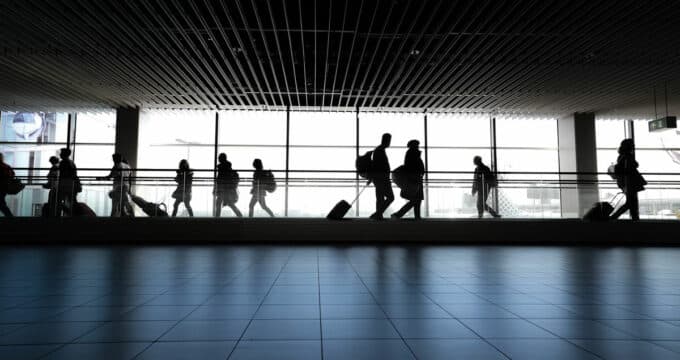Australia eases visa processing for students from 29 countries
released today by the Minister for Immigration and Citizenship, Chris Bowen MP, announced that the Government will make the visa application process easier for students from 29 countries by reducing assessment levels across a range of student visa subclasses. These changes go into effect from 24 March 2012. The news comes in response to the Department of Immigration and Citizenship's (DIAC) 2011 review of student visa assessment level settings, which, as reported in a previous post, recommended that a number of assessment levels be changed. "While it was recommended that some assessment levels be increased, I have decided to only implement the reductions in order to best support Australia's international education sector," Mr Bowen said. "Lowering the minimum evidentiary requirement for the grant of a student visa for selected countries and visa subclasses is expected to help around 10,500 prospective students. These changes will particularly benefit the postgraduate research sector, English Language Intensive Courses for Overseas Students (ELICOS) and vocational education and training (VET) providers." For example, South Koreans studying VET and ELICOS courses and postgraduate research students from China, India and Indonesia will now find it easier to apply for visas. "The reduction in assessment levels builds on the measures implemented as a result of the Strategic Review of the Student Visa Program, undertaken by the Hon. Michael Knight, to ensure Australia remains an attractive study option for overseas students," Mr Bowen said. Assessment levels are an important tool in managing the student visa programme, as they ensure the efficient delivery of services to a diverse range of students while supporting the integrity of Australia's immigration programme. Universities Australia welcomed the changes to the student visa system, “It really is a terrific outcome not just for the higher education sector but for the Australian economy more broadly because at a time we’re seeing manufacturing struggling, tourism struggling, both primarily because of the strong Australian dollar, it’s really important for those industries that are strong to be able to step up to offset some of those economic implications,” said Universities Australia chief executive, Belinda Robinson. "The international education sector is Australia's third largest export industry, and over the 2010-11 period international higher education students spent an average of AU$38,000 each in this country on goods, services and fees. While it may be a little more expensive to live and study in Australia [right now], the quality of living, employment opportunities, student mix and the quality of universities makes Australia a very appealing place for those seeking to study abroad,” Ms Robinson added.














